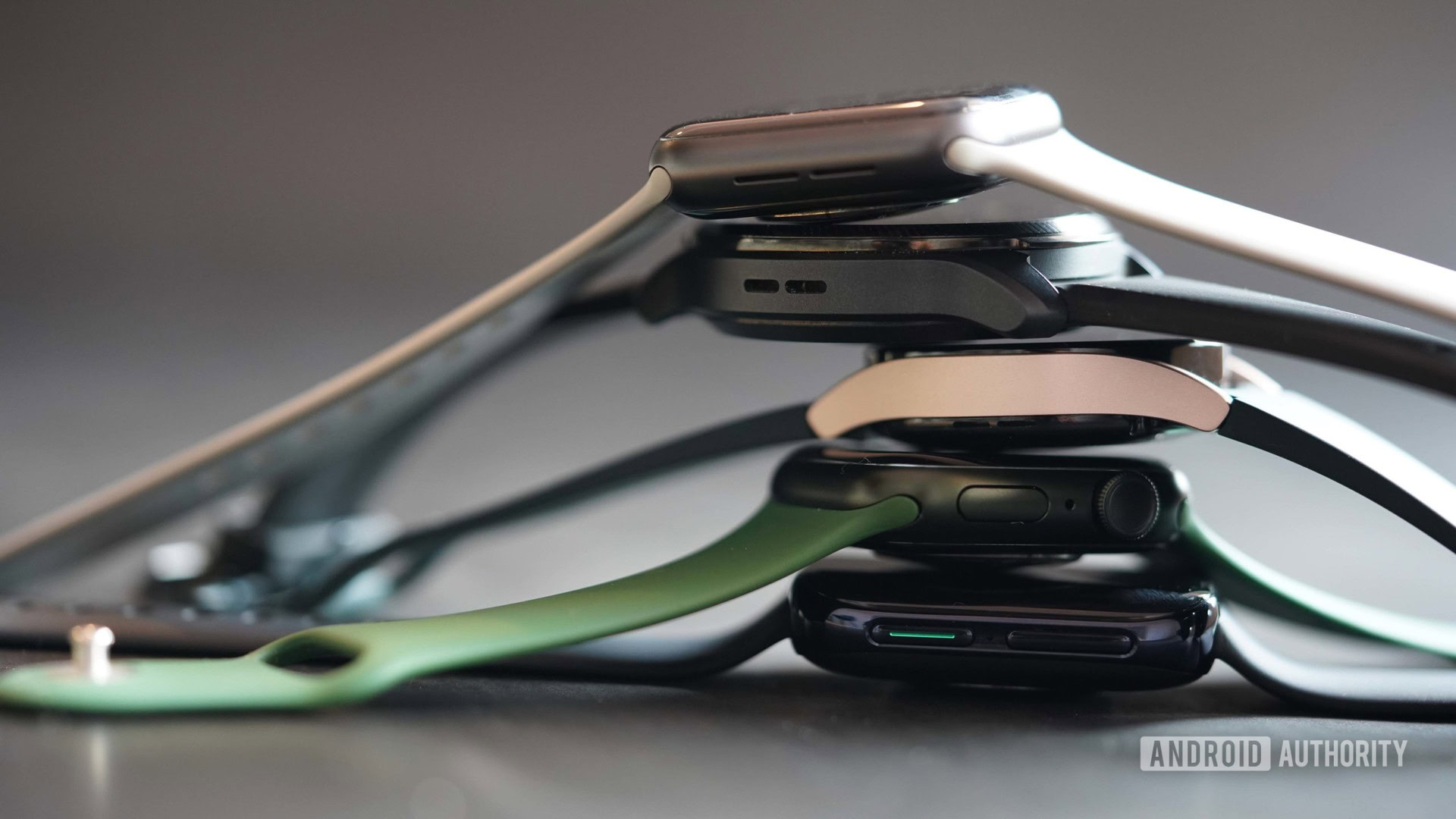PSA: Your Smartwatch Band May Have Dangerous Bacteria On It

Caitlin Cimino / Android Authority.
TL; Doctor
- Florida Atlantic University researchers tested various smartwatch straps for bacterial growth.
- According to research, 95% of bracelets contain a dangerous form of bacteria.
- Lysol Spray Disinfectant and 70% Ethanol have been found to be very effective in killing bacteria.
From Fitbit to Apple Watch, some of the best smartwatches are widely used to help you lead a healthy lifestyle. While we use them to track our runs, measure our blood pressure and more, the surprising thing is that these devices — or rather, the bracelets that come with them — can also be bad for our health, according to a new research.
A study published in the New York Post and published in the journal Advances in Infectious Diseases warns that our smartwatches may be infested with dangerous bacteria. Researchers at Florida Atlantic University (FAU) tested Apple Watch and Fitbit bands made of plastic, rubber, fabric, leather, and metal (gold and silver) to determine the relationship between the band material and the accumulation of bacteria. The results were surprising, to say the least.
The researchers found that 95% of the bracelets tested were clearly contaminated with dangerous types of bacteria. 85% of scratches are Staphylococcus spp. mine, the bacteria responsible for staphylococcal infections. 60% from E. coli and 30% from Pseudomonas spp. People infected with this disease develop pneumonia.
In terms of the relationship between material and bacterial growth, cloth is on average the worst material. After textiles, plastic takes second place, rubber, leather and finally metal. Metal surfaces seem to have virtually no bacteria. According to the researchers, the porous and mobile nature of plastic and rubber bracelets creates an ideal environment for microbes.
The study also looked at the effectiveness of pesticides. These researchers used Lysol disinfectant spray and 70% ethanol, commonly used in alcoholic beverages, killed 99.99% of bacteria on all materials in 30 seconds. So, if you regularly clean your smartwatch band with a disinfectant, you don't have to worry too much.
However, most people wear their smartwatches almost 24/7 and/or don't clean them very often. This is especially annoying if you are exercising with your smartwatch. Study participants who played sports had the highest concentration of bacteria. And if smart watches were used by representatives of different sexes, there would be no significant difference in the results.
"The number and taxonomy of bacteria we found on the wrist highlights the importance of regularly protecting these surfaces," said lead author Dr. Nwadiuta Asiobu. "Even in relatively small amounts, these pathogens are a public health concern."
So the moral of the story is this: make sure you wash your bracelets regularly. Otherwise, there is a risk of unwanted infection. How often do you clean your smartwatch band? Let us know in the poll below.
How often do you clean your smartwatch band?
200 votes


